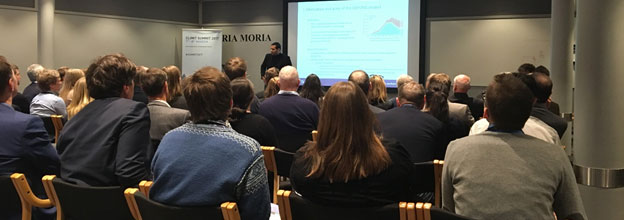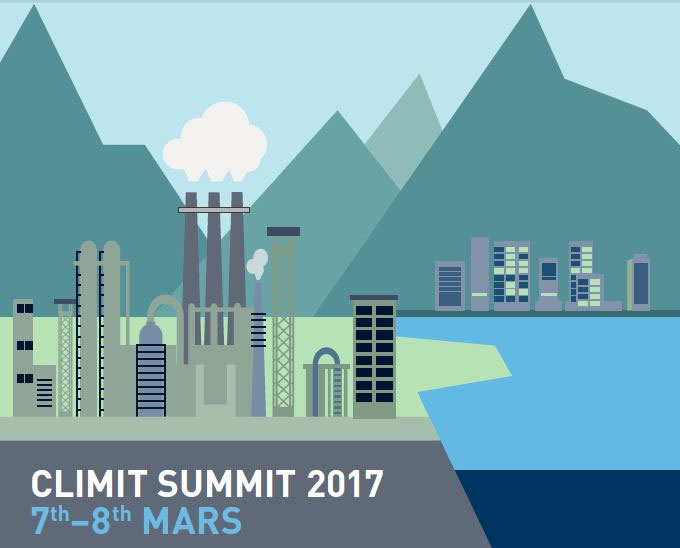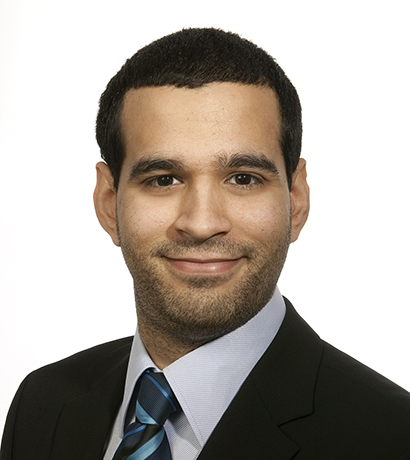In the beginning of March, the Norwegian Research Council organized the CLIMIT Summit 2017 in Oslo. This event taking place every two years gathered this year more than 200 Norwegian and international participants, from research, industry and funding bodies, to discuss the new CLIMIT program plan and show how Norwegian and international researchs work toward the realization of the entire CCS value chain. Among the 20 projects shown, a new concept called Clean Electricity Production from Offshore Natural Gas (CEPONG) was presented by Simon Roussanaly, Research Scientist at SINTEF Energy.

Natural gas plays an important role
Indeed, offshore production of natural gas plays an important role to ensure cost efficient power generation in mainland as well as in offshore Oil & Gas activities. However, producing electricity from natural gas with CO2 capture and storage (CCS) is often regarded as an expensive measure due to high capture costs associated with electricity and heat requirements of the capture process but also costs associated with CO2 transport over long distances.
An alternative concept to the common power generation with CCS structure is investigated in this work. The proposed concept, called CEPONG for Clean Electricity Production from Offshore Natural Gas, is based on the idea of installing a natural gas power plant with CCS directly on an offshore platform and exporting clean electricity directly to the targeted location. The targeted location for the CEPONG concept could be both mainland, with the target of contributing to the climate impact reduction from electricity consumption, or a group of offshore platforms.
The latter could especially play a key role in order to reduce the climate impact of offshore Oil & Gas production activities which in certain countries accounts for a significant share of National greenhouse gas emissions (for e.g. 25% in Norway).
A schematic block diagram of the CEPONG concept is shown in the figure below. The concept has potential for improvement of the CAPEX and OPEX in several ways.
Some of the improvement potentials are:
- running the power plant on non-commercial (stranded) natural gas
- lowering the cost of CO2 capture by using energy available on the offshore platform
- emerging capture technologies like membrane-based separation
- avoiding the transport of natural gas and CO2 over long distances
- utilizing captured CO2 for Enhanced Oil
- enhanced Gas Recovery (EOR/EGR)

Two scenarios developed
In order to assess the potential of the CEPONG concept, the project has developed two scenarios. In addition to the summary results presented at the CLIMIT Summit, the work carried out in the project includes the technical design details, layout plots, energetic performances, cost performances for both concepts. Finally, the focus in the remaining period of the project, set to finish in early 2018, is on the comparison with suitable reference cases to assess the economic viability of the concept, as well as evaluate and provide recommendations on measures to further reduce the cost of the concept.
Acknowledgement
This publication has been produced with the support of the CEPONG and CEPONG extension projects under the CLIMIT-Demo program of the Norwegian Research Council. The authors would like to thanks the following partners for their contributions: Engie, Gassnova, Statoil, and TechnipFMC.









Comments
I think the idea must be mandated by law. Presant effects of jet strem in january dumps pollution from offshore flaring of gas in the Gulf , causing dangerous complicatioons from allergies .